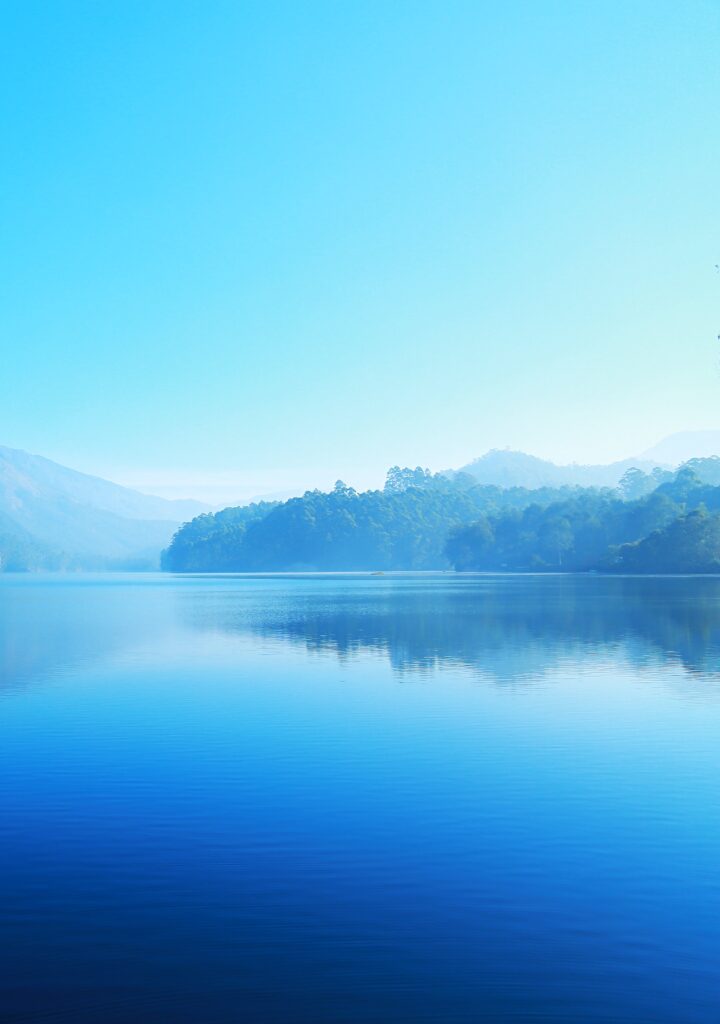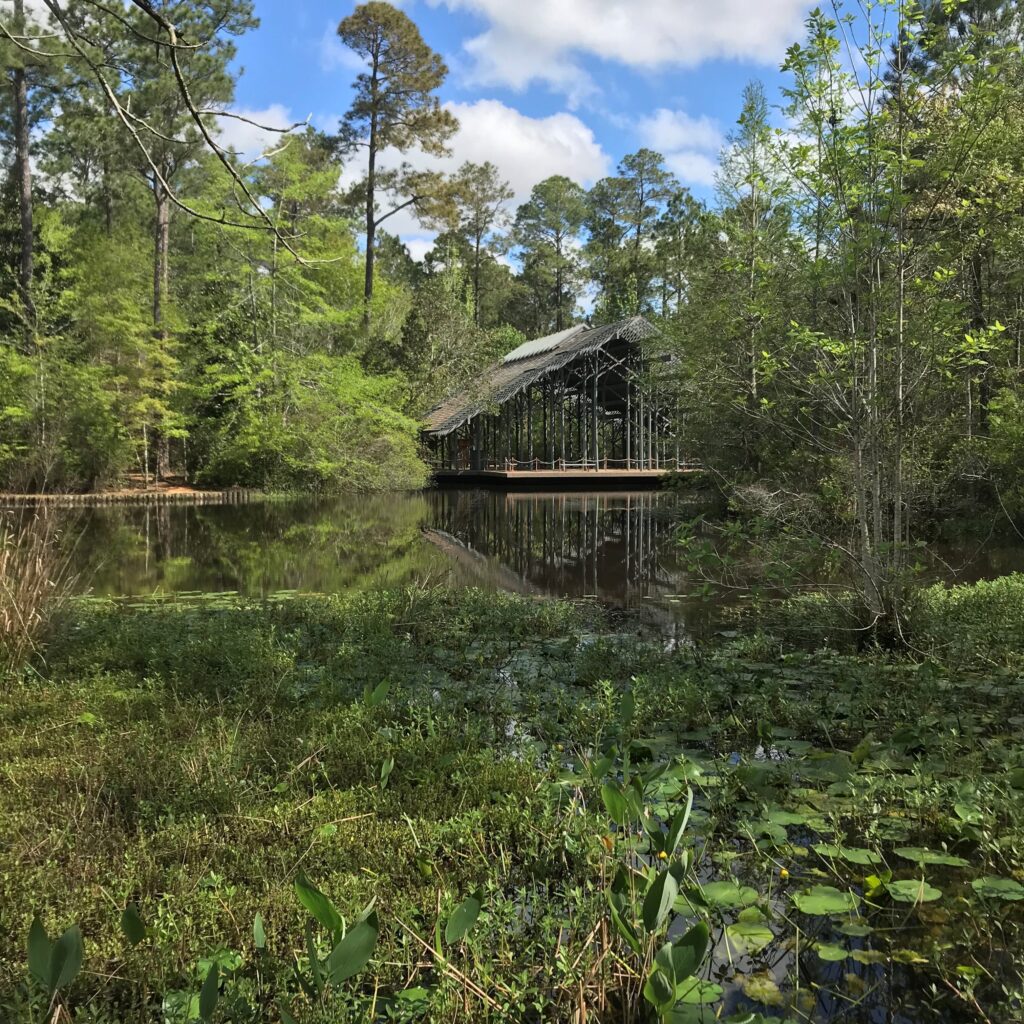
Today, water is scarce, salty, contaminated, polluted, torrential, rising, and perilous.
As a water-minded practice, Watearth looks to a broad scope of techniques to resolve water-related challenges. Plants are an integral element to the nature-based solutions proposed throughout much of our work. The following highlights instances where plants are instrumental to challenges of water supply, water quality, food supply, and natural disasters.
Water Supply
Plants are an integrated part of hydrology and can be a component of water supply conservation. The use of native, drought tolerant plants integrate the benefits of plants without a huge demand on a scarce water supply. Additionally, plants better facilitate infiltration and groundwater recharge as their roots create infiltration channels within the soil called macropores.
Water Quality
Plants can have a positive impact on groundwater and downstream water quality. Plants reduce erosion, a major contributor to water quality pollution. Not only do plants hold soil in place with their roots, but also slow down the speed of rainfall, as foliage and branches intercept rainfall, reducing erosion. The construction of upstream vegetated wetlands and other vegetated best management practices, such as filter strips and bioretention features, protect downstream waterbodies from sediment and nutrient pollution. According to the EPA, phytoremediation, the practice of using plants to reduce contamination, has been an economical and feasible solution to contain and degrade contaminants affecting soils and groundwater at Superfund sites.
Food Supply
With increasing agricultural issues relating to water, plants provide solutions to production of food. In response to excessive flooding impacting rice production in Southeast Asia, scuba rice was hybridized as a flood-tolerant rice crop. In California, many tree crops are grafted onto drought and salt-tolerant rootstocks as today’s farmers face drought and saltwater intrusion into available groundwater.
Natural Disasters
Native plants have evolved to withstand and regenerate form natural disasters. Native plants, in some instances, can even mitigate impacts. For example, mangroves, tropical trees that grow along the water’s edge, reduce wave energy, and protect coastline from flooding and erosion damage. Mangrove forest regeneration is being coordinated around the world as coastlines become more threatened by rising sea level and increasingly severe storm events and hurricanes.

